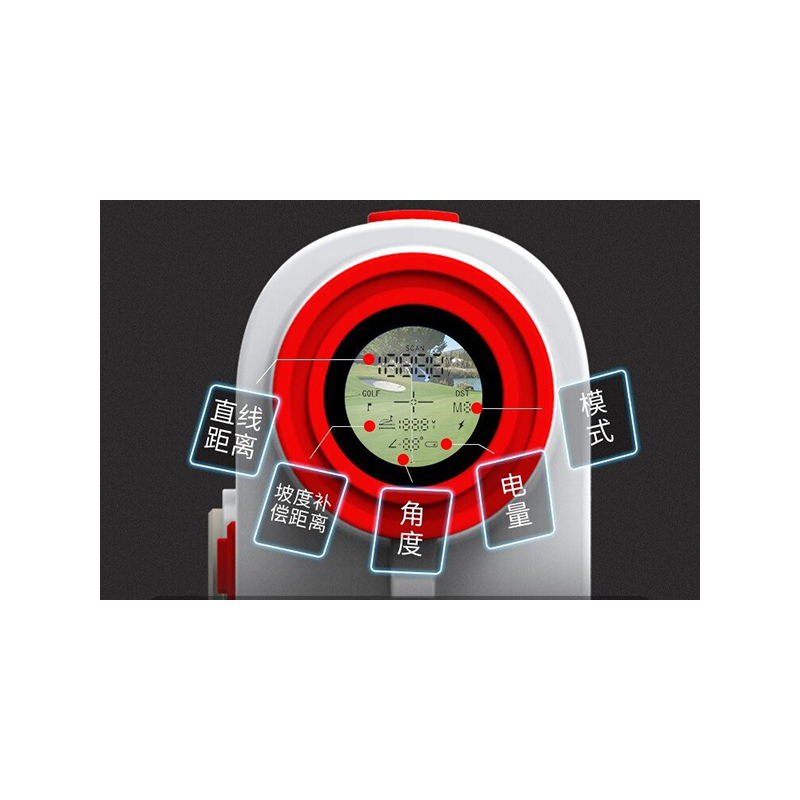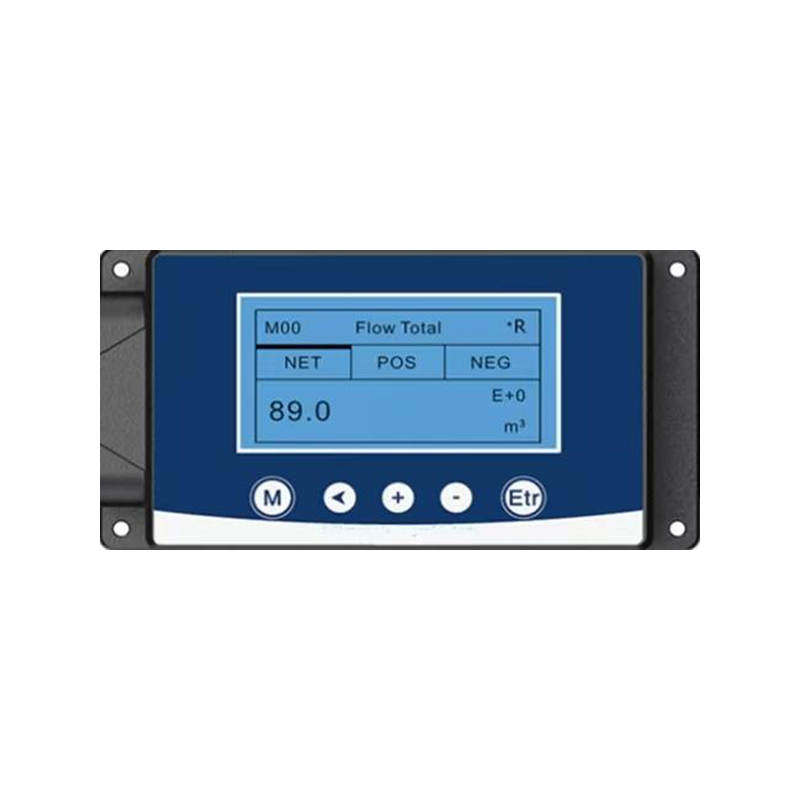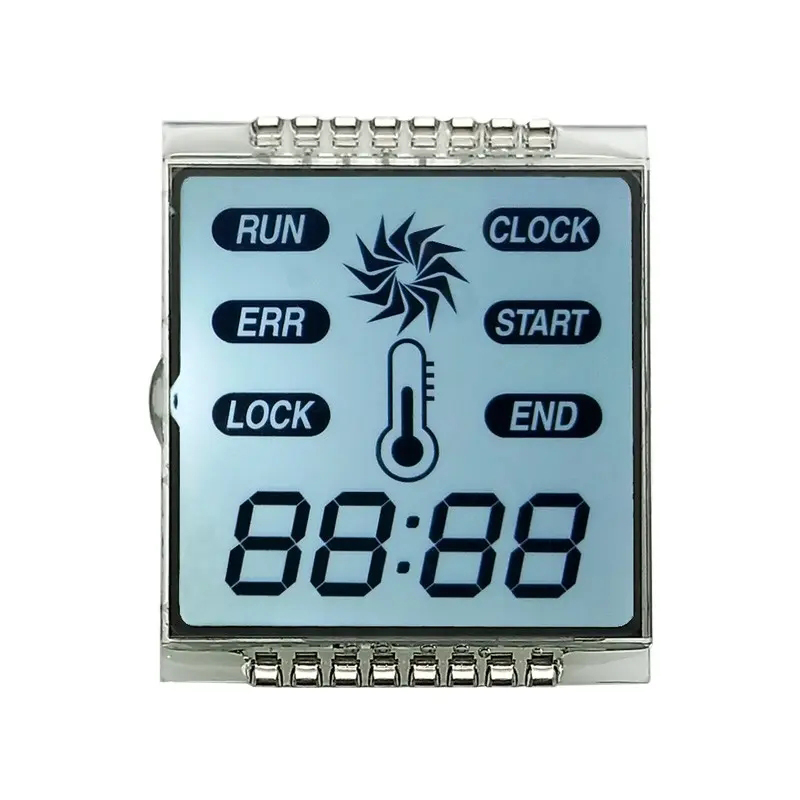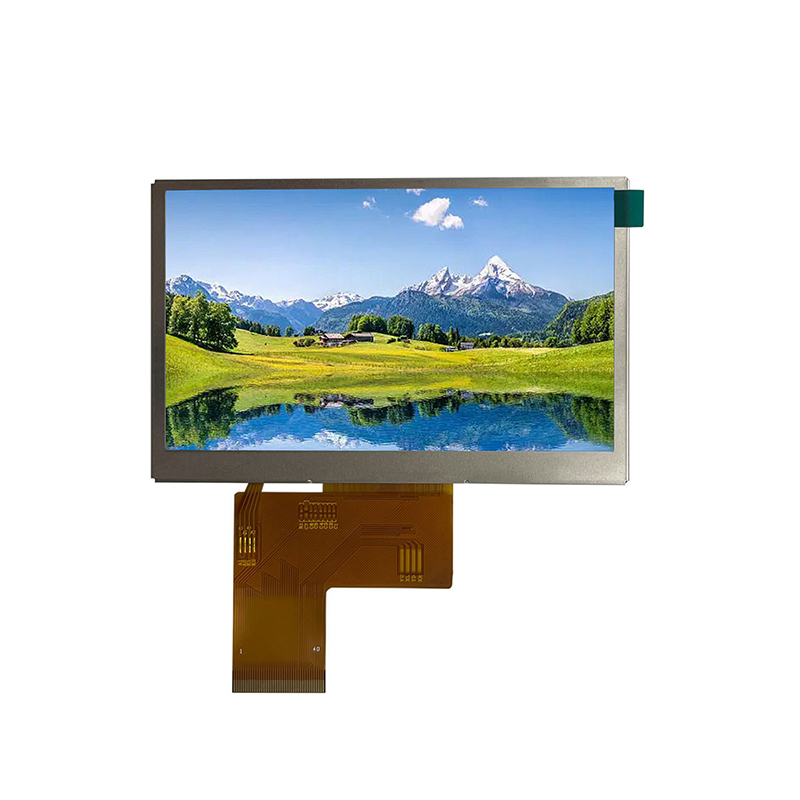Smart TFT Display: A Comprehensive GuideSmart TFT displays are revolutionizing various industries, offering a blend of functionality and visual appeal. This guide explores the key features, applications, and considerations for choosing the right smart TFT display for your needs. We'll delve into different types, resolutions, and interface options, empowering you to make informed decisions.
Understanding Smart TFT Displays
What is a Smart TFT Display?
A
smart TFT display is a thin-film transistor liquid crystal display (TFT LCD) integrated with intelligent features. Unlike passive LCDs, TFT displays use a transistor at each pixel to control its voltage, leading to superior image quality, faster response times, and greater contrast ratios. The smart aspect comes from the integration of processors, memory, and various interfaces, enabling functionalities like touch interaction, embedded operating systems, and network connectivity. This allows them to function as standalone devices or integrated components within larger systems.
Key Features and Specifications
Several crucial factors determine a
smart TFT display's performance and suitability for specific applications. These include: Resolution: Measured in pixels (e.g., 1920x1080), resolution dictates image clarity and sharpness. Higher resolution generally means a more detailed and visually appealing display. Screen Size: Ranges from small, portable displays to large-format screens for industrial applications. The appropriate size depends entirely on the intended use case. Brightness: Measured in nits (cd/m2), brightness affects the visibility of the display in various lighting conditions. Outdoor displays require significantly higher brightness levels than indoor displays. Contrast Ratio: Represents the difference in brightness between the brightest white and the darkest black. A higher contrast ratio results in a more vibrant and detailed image. Response Time: Indicates how quickly a pixel can change color. Faster response times are critical for applications involving moving images or fast-paced interactions. Interface: Common interfaces include HDMI, VGA, DisplayPort, and USB. The availability of specific interfaces dictates compatibility with other devices. Touch Functionality: Many
smart TFT displays offer touch screen capabilities, enabling intuitive user interaction. Different touch technologies exist, each with its pros and cons. Operating System (OS): Some
smart TFT displays incorporate embedded operating systems, allowing for greater functionality and customizability.
Applications of Smart TFT Displays
Smart TFT displays have found widespread application across numerous sectors:
Industrial Applications
In industrial settings,
smart TFT displays are crucial for Human Machine Interfaces (HMIs), providing real-time data visualization and control of machinery and processes. Their robustness and readability make them ideal for harsh environments. For example, displays integrated into industrial control panels offer clear feedback on system performance.
Medical Applications
High-resolution
smart TFT displays are essential in medical imaging equipment, surgical displays, and patient monitoring systems. Their accuracy and clarity are paramount in these critical applications.
Automotive Applications
The automotive industry increasingly utilizes
smart TFT displays in dashboards, infotainment systems, and heads-up displays (HUDs). These displays enhance driver experience and safety.
Consumer Electronics
From smartphones and tablets to televisions and monitors,
smart TFT displays are ubiquitous in consumer electronics, offering high-quality visuals and enhanced user interaction.
Choosing the Right Smart TFT Display
Selecting the perfect
smart TFT display requires careful consideration of your specific needs and budget. Factors such as resolution, screen size, brightness, response time, and interface compatibility must be carefully evaluated. Consider the environmental conditions, intended use, and required functionalities before making a purchase.
Conclusion
Smart TFT displays continue to evolve, offering advanced features and improved performance. Understanding their key characteristics and applications is vital for anyone seeking to integrate them into their projects or products. By carefully considering the factors discussed above, you can select the optimal
smart TFT display to meet your requirements.
| Feature | Consideration |
| Resolution | Higher resolution for sharper images; consider application needs. |
| Brightness | Higher brightness for outdoor use; lower brightness for indoor use. |
| Response Time | Faster response time for dynamic content. |
For more information on high-quality
smart TFT displays, visit
Dalian Eastern Display Co., Ltd. – a leading provider of advanced display solutions. They offer a wide range of options to suit various applications.













